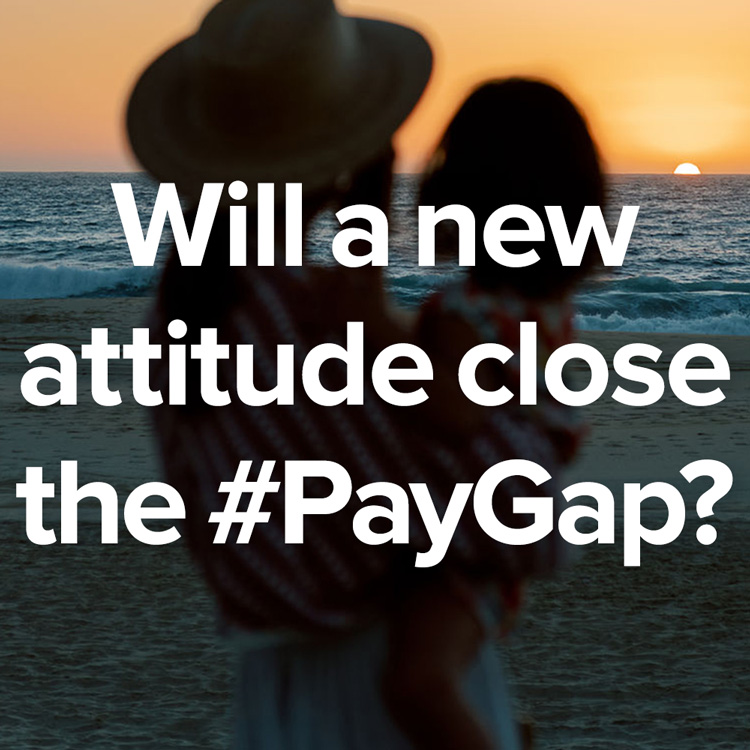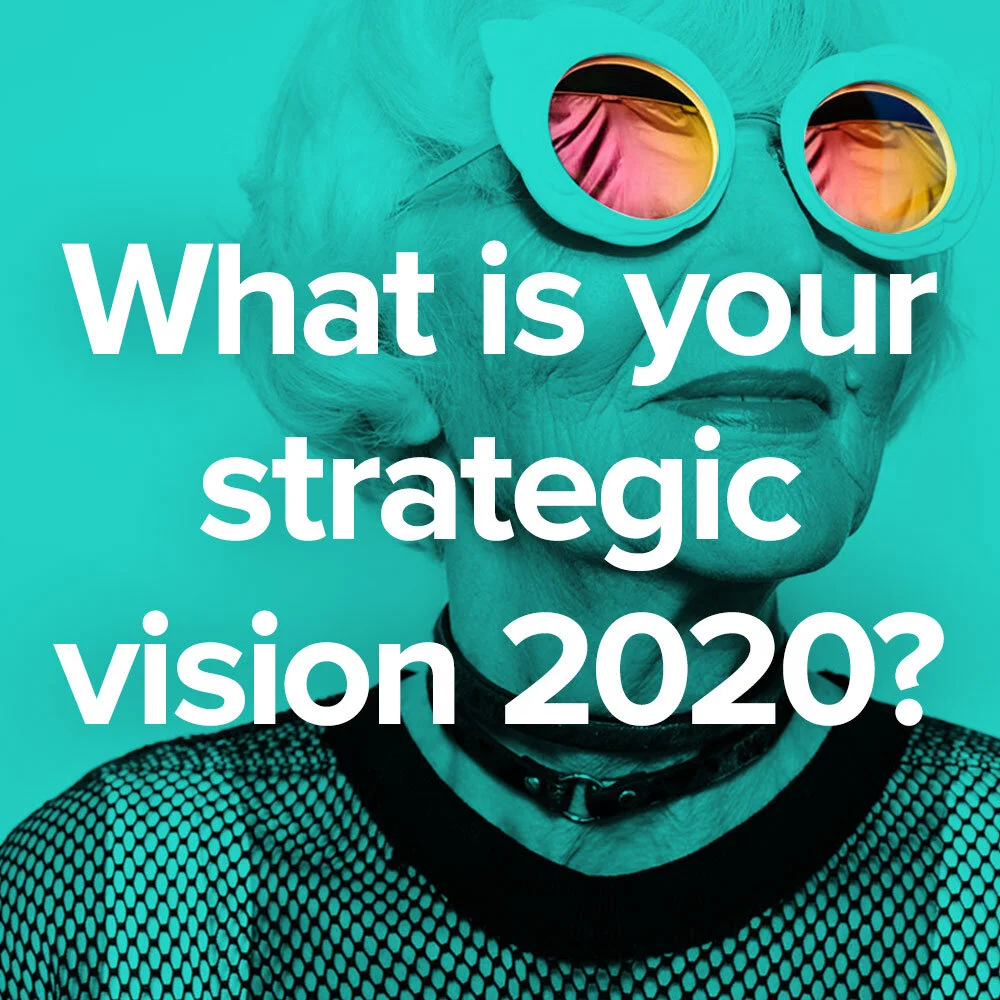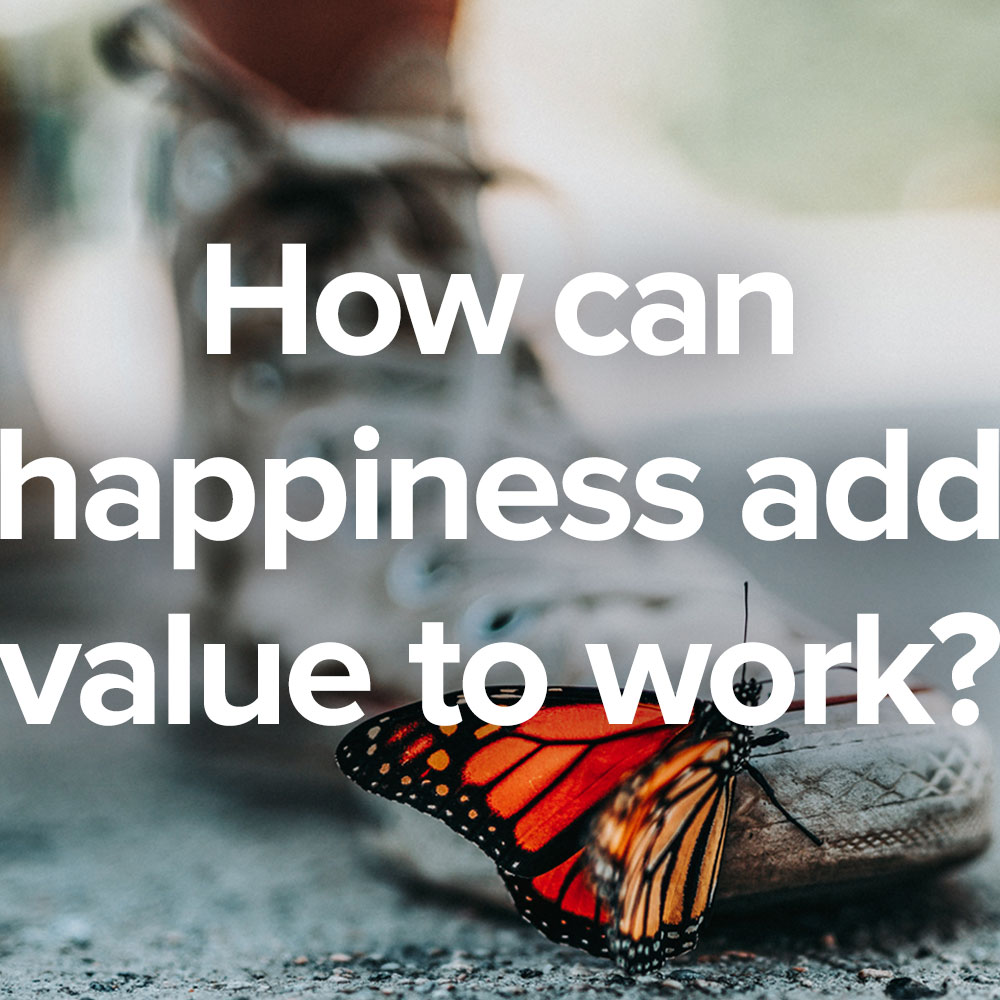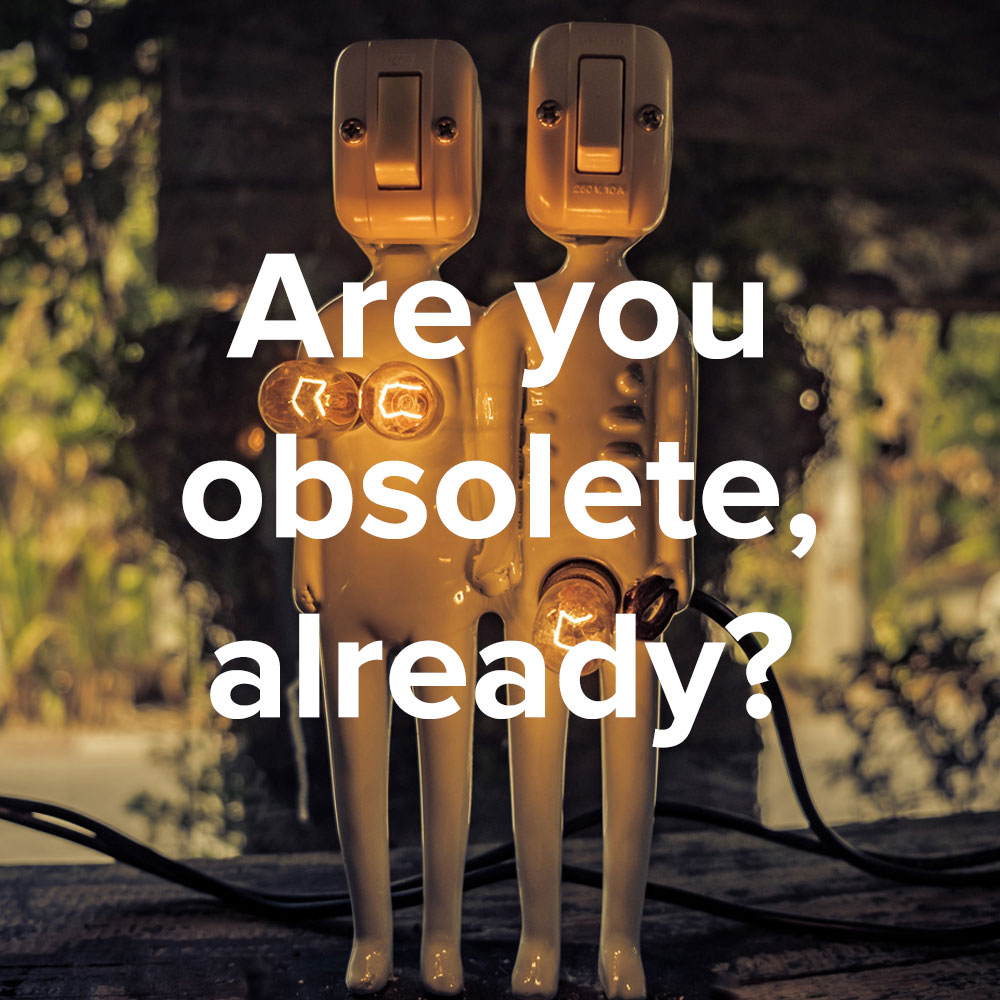“_________”
Onyeka on Digital Agriculture.
Young people wanted to land jobs in banks, investment banks or in oil companies. But now, we’ve been able to show the potential in agribusiness and I’m very proud of how much we’ve been able to do over time. That used to be a challenge, but gradually, since Farmcrowdy was created, people are getting excited about this space.
— Onyeka Akumah
Founder and CEO of Farmcrowdy
— There are trade-offs in life. Normally, I spend so much time inside that what’s happening outside isn’t that big of a deal to me. But I realize something now: it rains a lot here in Nashville, Tennessee. Who knew? Unrelenting grayness since October. Reminds me of the great Bruce Springsteen line: “Now I work down at the car wash, where all it ever does is rain.” But one writer’s rain is a farmer’s sunshine, especially in a time of climate change, is it not? Tennessee seems to be very productive agriculturally. But this is not your great-great-grandfather’s farming. Even smaller farmers are digitally connected, helping their yields, helping to hold down costs. For them, rain is useful. So is the technology that makes sense of it.
And so it is in Nigeria. The African economic powerhouse has 200 million people living in a relatively tight space, and yet it still has room for more than 30 million of them to be small-scale farmers. Oil has been the major player in Nigeria for quite some time now, but agriculture is the country’s beating heart, something that Onyeka Akumah, a digitally savvy serial entrepreneur, surely recognized when he started Farmcrowdy, a digital platform that empowers farmers. Akumah’s goal: improve food security and employ more people in Nigeria’s agricultural sector. Akumah represents Africa’s future, an energetic, intellectual dynamo under the age of 40, willing to tackle Africa’s problems without validation from the West. No wonder Quartz Africa has recognized Akumah as one of that continent’s great innovators, and he’s considered one of West Africa’s most influential people in his age group. That’s why he’ll be speaking on the “Digitisation of Agriculture Value Chains” to the prestigious Mobile World Congress (#MWC19) in Barcelona, Spain, on February 27. To everyone’s benefit, he’s making it rain.
Onyeka, your resume reads like that of a Renaissance man. Travel and e-commerce and banking, and now agriculture. But technology runs through all of these?
Onyeka — Yes. I have a first degree [bachelor’s] in software engineering. From the beginning of my career, I’ve been very excited about building the front end of what people work with, the user experience. I was more about design and how things looked and how they felt. Eventually, I worked with a company called Wakanow.com, it’s like the Expedia of Nigeria. Here I was able to see from Ground Zero how it started from nothing and then it became a household name.
And that led you to become an entrepreneur?
I wanted to get involved with start-ups, yes. And along the way, I made a decision that I wanted to find how one could use technology to solve problems for people in Africa in three sectors: Agriculture, Real Estate, and Transportation.
Why these three?
Because they have an impact on the everyday African. I wanted to solve issues of transportation because I like moving from point A to point B with ease. I wanted to solve problems in shelter, which means real estate. And I wanted to solve issues in agriculture because I wanted people to eat more. I wanted food security.
So, all through my journey of working with start-ups, I was just preparing myself for when I would have the budget to do something like what I’m doing now. And then, the opportunity came in 2015. I looked at the terrain in Nigeria and felt that agriculture or real estate was the most important at that time, not transportation, because Uber had already started in Nigeria.
“I looked at the terrain in Nigeria and felt that agriculture or real estate was the most important at that time, not transportation, because Uber had already started in Nigeria.”
And agriculture would be more, hmm, fertile ground for you than real estate?
Agriculture became number one for me because the government in Nigeria was encouraging people to invest in the sector. I wanted to invest in farmers. And in finding the farmers to work with, I noticed farmers had their own problems. Not drought. More like access to funding, technical know-how, and then marketing to sell what they produce.
You have billionaires in Nigeria who wanted to invest in agriculture, but didn’t know how to connect with farmers.
Which led to ...
Right, Farmcrowdy.com. I took my learnings from my previous start-up, and I got a couple of people to work with me who specialized in the agricultural and finance angles. I designed a website, and then I designed the marketing strategy around how it was going to evolve from my background in e-commerce.
Farmcrowdy is the best name ever. Just completely memorable. How’d that come about?
Thank you! I got a crowd of people to invest in the farmer. I got crowdfunding. When I was still looking for a name, I checked out the names that were already out there. Eventually, I flipped it the other way: farming crowding. And that led to Farmcrowdy. When I define it, I say it’s a crowd of people coming together to farm.
You know, just that small change from the “I-N-G” at the end of the word to the “Y,” it changes everything. Makes it pop out at you.
Yes. Thank you.
Onyeka, how do define ‘digital agriculture’?
Digital agriculture for me is the application of technology, whether it’s an online platform, or just using modern-day technology to simplify the process of farming—for example, using drones to spray fertilizer. Essentially, it is where you can use a website or mobile phone or some technology that’s been created to simplify the process of farming and to help farmers start becoming a lot more precise.
What kind of results do you see?
Digital agriculture helps farmers increase their yields and helps them optimize the space they have available for cultivation, so that they get the desired result at the end of the harvest.
Now, in the United States, many people have left rural areas and moved to the cities, leaving behind big agribusinesses and people who are older, who didn’t grow up with technology, to farm. How are you finding the learning curve for people who didn’t grow up with technology the way that you did?
One of the things I’ve come to learn about farmers is that every farmer is a businessman. And, if you find ways of showing the farmer how to make more money, he will adapt to it—as long as you can show it to him. At Farmcrowdy, we show people how. We do a lot of demonstration farms. We’re able to show these farmers, who are used to a certain way of doing things, new ways of doing them, not just telling them. It cost us a lot in the early stage, but it's began to yield results.
Demonstration farms?
When we go to a farm that’s maybe 100 acres, we take six acres out and show them how our own inputs will give a higher yield. The farmer sees the higher yield and sees he’s making more money. Once he’s able to see that, the next time you say you want to do the same thing, he’s interested. So irrespective of how sophisticated the technology, as long as it’s accessible to the farmer, and you’re able to demonstrate it to them for them to see the desired result, they will embrace it. Once you show the farmer the business, show him the tools to run the business and you demonstrate it to him, they will trust you.
What crops are they growing?
We’ve done maize farms. We’ve done rice farms. We’ve done cattle farms. We’ve done soya [soybean] farms, and then we’ve done chicken farms.
Do you find that the Farmcrowdy technology works better with any one crop as opposed to another?
What we’ve noticed is we’ve been able to improve our models with the chicken farms better because the cycle is shorter. We can do 14, 15 cycles, while we've done maybe only two cycles with the other crops. So we have better results coming from the application of technology to the chicken farms than with any of the other farms.
But with the crop farms, the best-performing farms for us have been the maize [corn] farms.
Do you find that the farmers themselves become your brand ambassadors and talk you up to other farmers or do they consider the other farmers the competition and they don’t want them to have your technology?
We have one farmer bringing in 25 others. That’s the average.
Wow.
A farmer sees other farmers growing their incomes, sending their sons and daughters to school. In our first year of operating, we worked with about 200 farmers. That was 2016. By the end of 2017, we had worked with about 2,000 farmers. By the end of 2018, we’ve worked with about 8,000 farmers. By the end of this year, we will have worked with about 15-16,000 farmers.
“One of the things I’ve come to learn about farmers is that every farmer is a businessman. And, if you find ways of showing the farmer how to make more money, he will adapt to it—as long as you can show it to him. At Farmcrowdy, we show people how.”
Were there any challenges along the way in building your business?
Yes. At the start, we were struggling to convince the farmers that our model worked. But as soon as the results started coming, recommendations started happening and we found ourselves in a position where we had to do a lot of due diligence and had to screen a lot of farmers off our program because we couldn’t start accommodating everyone.
How big is Farmcrowdy’s potential market?
So, in Nigeria, you have 20% large-scale farmers, 80% small-scale farmers. That means you have more than 30 million small-scale farmers. That’s more than the population of some African countries. If we work with 15,000 of them in 2019, it tells you we still have many to accommodate.
Let’s talk globally for a second. What do you find are the biggest opportunities for disruption in agriculture today and how will these evolve as agricultural technology becomes more widely adopted?
Farmcrowdy is in the production part of the value chain. We’re providing the finance, coordinating production and we’re helping to sell what has been produced. But across the value chain, there’s a huge amount of opportunity for anyone to use technology to disrupt the space, whether it’s market access, logistics, warehousing, data management, information management and the tools that farmers use.
There’s a company in Nigeria called Hello Tractor, it’s like an Uber for tractors. There’s a company called Big Drone that does drone service for agricultural research; when they started, they only provided information, now they have drones for spraying fertilizer.
Technology can disrupt the space from the farmer putting the seed in the ground to a person putting food in his mouth. Lots of opportunities.
Have you seen any evidence of climate change in Nigeria?
There has been some effects of climate change in the country. For instance, we’re not supposed to have rains in December, but at times we have rain on Christmas Day, heavy rainfall, and we wonder, “what’s going on?” There are seasons when you expect the rains to start early and they don’t start till very, very late, and this affects cultivation.
The other thing we see is an increase in the level of heat. We’ve seen heat in Lagos that we’ve never experienced before.
“Technology can disrupt the space from the farmer putting the seed in the ground to a person putting food in his mouth. Lots of opportunities.”
How can Farmcrowdy technology help affected farming communities?
Farmcrowdy has mobile apps we’ve developed for farmers. One of them allows people to sponsor farms; we’re able to raise funds through it. We also have apps that let farmers provide weather information back to us at Farmcrowdy, and using that information, we can adjust the level of information we give farmers back to work with.
What are biggest obstacles to success for agriculture in Nigeria?
The biggest challenge is infrastructure to support the logistics channels. You can get the best yields from the farms that are the furthest away from major roads. How can a farmer move the harvest from point A to the markets? We’re taking on this burden for farmers.
The second thing is, it’s still very expensive to do out-of-season farming in Nigeria. Irrigation facilities are still very expensive and that affects how much you can do when you're not using rain-fed farming techniques on the farms we work on. So that in itself becomes a challenge. The way we've got around it is in providing demonstrations. They educate farmers on new techniques to improve their yield. It's a cost to us but everyone wins at the end of the day.
Another challenge is this: before Farmcrowdy, it was difficult to find a young person who understood how he could use his technological skills to solve problems for agriculture. Agriculture was perceived as a dirty career. Young people wanted to land jobs in banks, investment banks or in oil companies. But now, we’ve been able to show the potential in agribusiness and I’m very proud of how much we’ve been able to do over time. That used to be a challenge, but gradually, since Farmcrowdy was created, people are getting excited about this space.
What are Farmcrowdy’s plans for helping its farmers with marketing?
Everything with marketing and distribution is built on internally. The off-taker [wholesaler] is a key part of the entire model. Before a farm goes live with Farmcrowdy, we will have an arrangement with an off-taker, who tells us how much they are going to buy. That eventually leads us to knowing what return we can promise a sponsor on our website.
Moving into the future, we’re going to design new platforms that will allow us to market commodities beyond what Farmcrowdy has produced so far and ways farmers can increase their margins. The goal is to make sure that everybody is happy across the channels.
Thank you Onyeka and have a great trip to Barcelona!




































